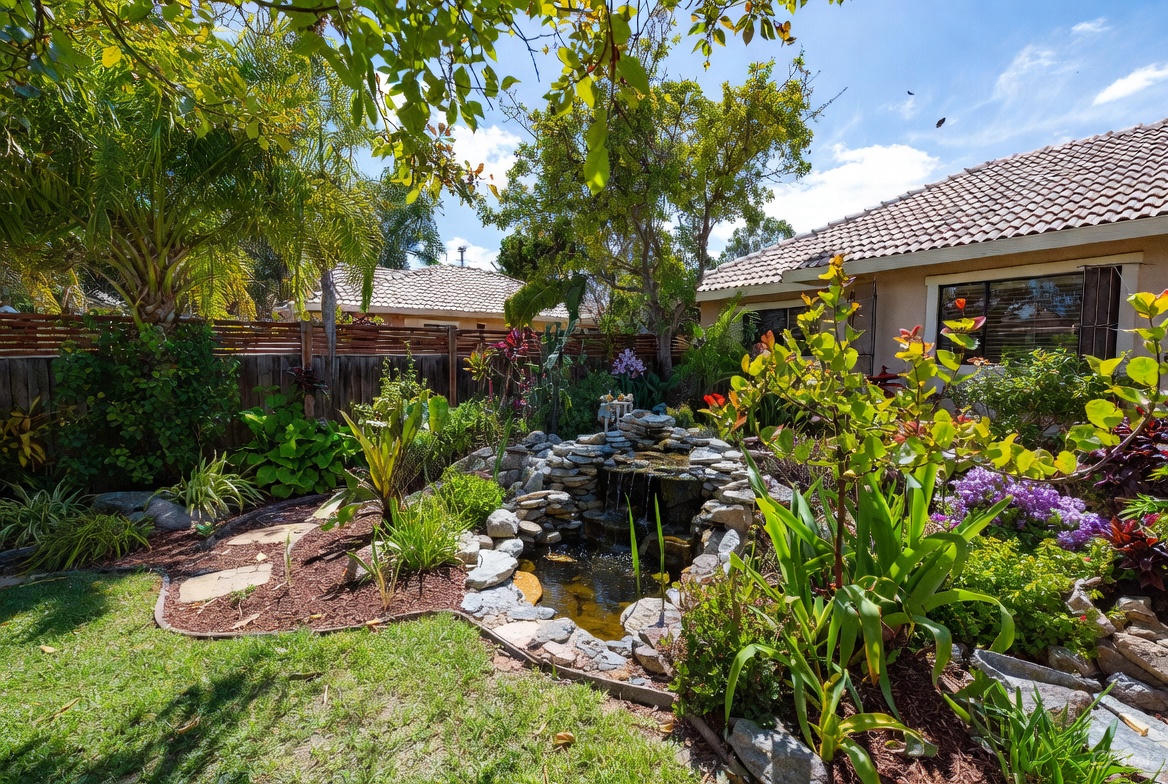
Pollinators love the Summersweet clethra shrub also known as Sweet Pepperbush or Clethra alnifolia. This shrub blooms in midsummer and is deer- and pest-resistant. Learn how Summersweet Clethra grows in this post and you will have amazingly sweet-scented flowers bloom throughout the heat of the season.
Clethra alnifolia has warm golden yellow leaves in the fall. While you can grow Summersweet Clethra as a highly attractive shrub, it can sometimes overstep its bounds. In order to keep it in bounds, plant the shrub near a wall, fence, or sidewalk border. This planting technique will help keep the plant's suckering roots contained and well-managed.
Grow Summersweet Clethra as a utilitarian shrub by using it for challenging landscape situations such as controlling erosion or preventing standing water issues. This is a great shrub for hillsides or wet ravines.

How to Grow Summersweet Clethra
- Botanical name -- Clethra alnifolia
- Bloom Period and Seasonal Color -- Early summer; white and pink flowers
- Mature Height × Spread -- 4 to 8 feet × 4 to 6 feet
- Added Benefits – Loved by pollinators and butterflies. Fruit and seeds are enjoyed by birds.
- Sun Requirements – Sun, Part-Sun - Garden Zones 4-9
Summersweet clethra grows best in a fertile, well-drained, moist soil with full sun to part-shade exposure. Amend soil with organic matter to improve it or consider raised beds if your site lacks drainage. Plant it in the spring by digging a hole in a well-drained planting area that is the same depth of the root ball and twice as wide. Place the top of the root ball so that is level with the ground.
Water the shrub's root system well upon initial planting. Summersweet Clethra grows in moist soils and should never be left to dry out for best results. Mulch the soil with a 3-inch layer of organic matter to help it hold water and protect it from winter cold. If the plant shows signs of undernourishment, only fertilize with an organic fertilizer before new growth occurs in the spring. Heavy fertilization can increase suckering and reduce flower production.

Root suckers are produced freely when growing Summersweet Clethra once the plant is established. Obviously, these can form very large colonies. The solution is to spade the roots around the base of the shrubs back annually. Summersweet blooms on the current year’s growth, so the best time to prune the bush is in late winter before the new buds have set on the limbs.
Download iScape now to learn how easy it is to create a beautiful landscape. Lovely landscapes for homeowners are so easy to design. Or, if you do need some design help, Hire-a-Designer now and let the iScape pro’s help guide you! iScape it!




.jpg)

